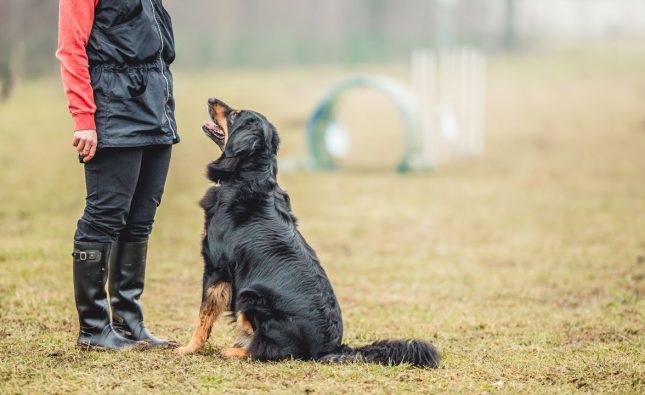
Introduction:
Throughout history, dogs have played a vital role as working animals, utilizing their unique abilities to assist humans in various tasks. From hunting companions to loyal protectors and skilled bomb-sniffers, their partnership with humans has evolved over time. In this article, we delve into the captivating history of dogs as working animals, tracing their remarkable journey and the significant contributions they have made to our society.
Ancient Origins:
The origins of dogs as working animals can be traced back thousands of years. Early humans recognized the innate skills possessed by canines and began to form partnerships with them. Dogs were initially employed as hunting companions, using their exceptional sense of smell, speed, and agility to track and capture game. Their acute senses and unwavering loyalty made them invaluable assets in the hunt, ensuring the survival and sustenance of early human communities.
Guardians and Protectors:
As civilization developed, dogs assumed roles beyond hunting. Their loyal and protective nature made them ideal guardians of homes, livestock, and property. Breeds like the Mastiffs and Rottweilers were utilized as formidable protectors, deterring intruders and providing a sense of security. Their presence and formidable appearance were often enough to ward off potential threats, serving as a visible deterrent.
Sled Dogs and Transport:
In regions with harsh climates, dogs were employed as sled dogs, assisting in transportation across vast snowy landscapes. Breeds such as Huskies and Malamutes were specifically bred for their endurance and strength, pulling sleds laden with supplies and aiding in exploration and trade. The utilization of sled dogs proved crucial in areas like the Arctic and Antarctica, where their abilities allowed for travel in otherwise impassable terrains.
Assistance Dogs:
The 20th century witnessed a significant shift in the roles dogs played as working animals. Dogs began to be trained and employed as assistance animals to aid individuals with disabilities. Guide dogs, for example, assist individuals with visual impairments, providing navigation support and enhancing their independence. Other types of assistance dogs, such as hearing dogs and service dogs, help individuals with hearing loss or physical disabilities, respectively. These dogs undergo extensive training to perform specific tasks that enhance the quality of life for their human partners.
Search and Rescue:
One of the most awe-inspiring roles that dogs fulfill is search and rescue. With their superior sense of smell and agility, dogs have saved countless lives in disaster-stricken areas. Trained search and rescue dogs excel in locating missing persons, whether buried beneath rubble or lost in vast wilderness. Their abilities to detect human scent and tirelessly work through challenging conditions make them invaluable assets in emergency response efforts.
Bomb-Sniffing and Detection Dogs:
In the realm of security and law enforcement, dogs have become indispensable as bomb-sniffing and detection dogs. Their extraordinary sense of smell enables them to detect even trace amounts of explosives or illicit substances. These highly trained dogs undergo rigorous training programs to identify specific scents, ensuring the safety and security of public spaces, airports, and critical infrastructure. Their deployment has proven crucial in preventing potential threats and acts of terrorism.
Conclusion:
From their early days as hunting companions to their modern roles as bomb-sniffers and assistance animals, dogs have proven to be invaluable working partners throughout history. Their innate abilities, unwavering loyalty, and strong bond with humans have made them versatile and trusted allies. The fascinating journey of dogs as working animals showcases the enduring partnership between humans and canines, demonstrating the immeasurable contributions these remarkable animals continue to make in various fields.










